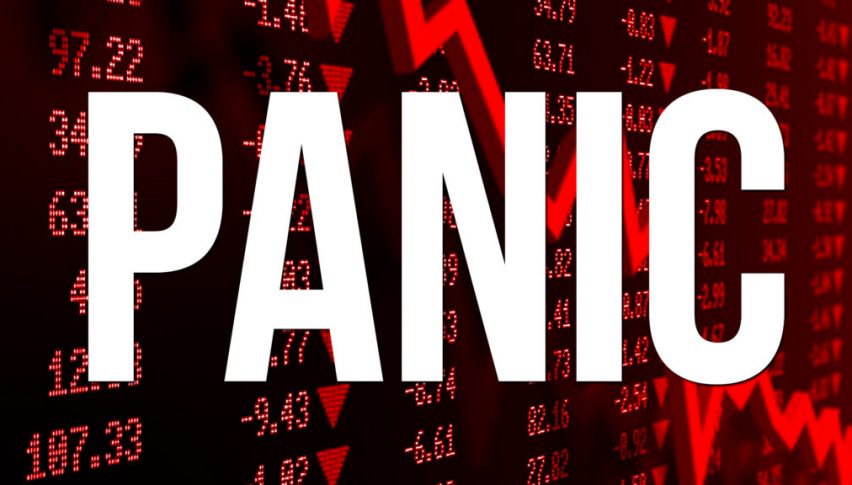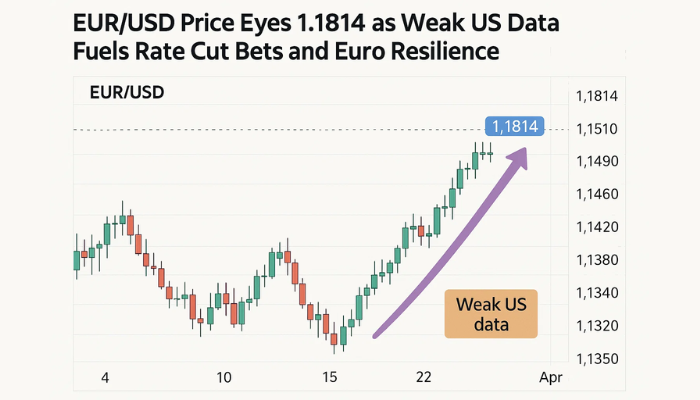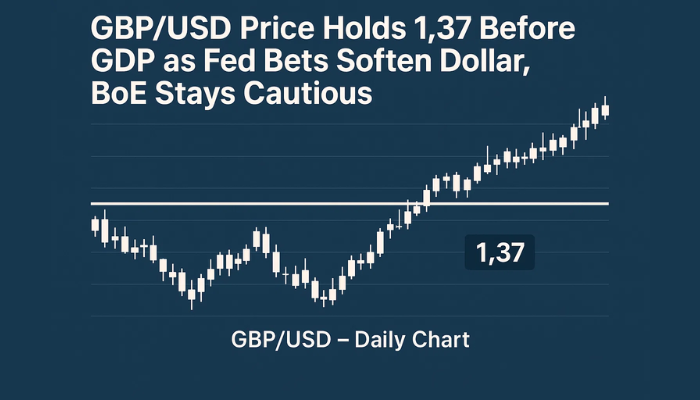The Stock Market Crash That Wasn’t
Take a quick look at the weekly chart for the DJIA. It shows us exactly where the U.S. equities markets are at ― up 10% for 2019.

If you tuned into the mainstream financial media at last Monday’s closing bell, then you probably thought the sky was falling on the U.S. stock markets. Trade war hysteria hit an all-time high, driven by desperate rhetoric from industry pundits. Words like “correction,” “crash,” and even “recession” were thrown around carelessly by the “experts.”
Well, it is true that the U.S. indices sold off aggressively last Monday. The DJIA closed 600+ points in the red for the session ― and then a funny thing happened ― investors bought the dip. Again.
By Friday’s close, the DJIA posted a weekly gain. This was somehow an unthinkable event five days earlier, especially for those “in-the-know.” Without a doubt, the action last week on Wall Street was the stock market crash that wasn’t.
Don’t Forget That Stock Markets Value Fundamentals
So, why all the talk about meltdowns and panic selling? The DJIA sold off 600 points, not 6000. In short, there are two reasons: predictions and politics.
First, the power of prediction often leads to tunnel vision. It is important to remember that 70% of the talking heads on CNBC, Bloomberg, and FOX Business committed to a bearish 2019 for U.S. equities. Bearish may be an understatement; corrective may be a more appropriate word. Once you are on record making a market call, the tendency is to stick with it, no matter what is actually happening.
Second, the 2020 campaign for the White House has already begun. Democratic candidates are entering the race en masse and President Trump is gearing up for the contest. It is no secret that Trump and the media have a hate-hate relationship. Last Monday, when the carnage on Wall Street was at its worst, many in the mainstream financial media became cheerleaders for the “crash.” If you were tuned into CNBC, you would’ve thought it was October of 1987 ― only this time, those covering the action had high hopes of a steep correction derailing Trump’s November 2020 re-election bid.
From a fundamental standpoint, things are looking good economically in the United States. Unemployment is at unprecedented lows, growth is steady, and consumer sentiment is robust. Once again, the crash that wasn’t.
Bottom Line
Take a quick look at the weekly chart for the DJIA. It shows us exactly where the U.S. equities markets are at ― up 10% for 2019.
++27_2018+-+20_2019.jpg)
A few things jump off of the page. First, this market remains firmly in bullish territory for 2019 and within a stone’s throw of All-Time Highs (26951). Second, the trading range of last week is a blip on the radar compared to those of December 2018 and January/February of this year. Last, the DJIA posted a weekly gain. Like I said earlier, the week of Monday, May 13 was the crash that wasn’t.
So what? Well, it isn’t time to hit the panic button on U.S. and global equities. In my opinion, the DJIA won’t enter a corrective phase until it establishes trade beneath last December’s lows around the 21500 level. At that point, the worm has turned for the U.S. economy, the lights are out, and the international investment capital has gone home.
For those out there that want me to call the DJIA, here it goes:
- At this level, I do not recommend buying. Long plays from 24800 or 23500 in ETF, mutual funds, or related DOW CFDs are solid long-term trades.
- In my opinion, the DJIA will make fresh all-time highs by the end of July; more than likely after the U.S. and China conduct a tariff overhaul.
- Late 2019 and early 2020 is going to be a pivotal time for U.S. and global equities. The 2020 electoral cycle will supersede all fundamentals and bring unprecedented volatility to the markets. I expect the big money players to begin cutting exposure to equities in late-fall of this year.
We are entering a 4-month “sweet spot” for the U.S. economy. There will come a time to “panic” and sell everything. But, we’re not there yet ― not even close.
- Check out our free forex signals
- Follow the top economic events on FX Leaders economic calendar
- Trade better, discover more Forex Trading Strategies
- Open a FREE Trading Account


